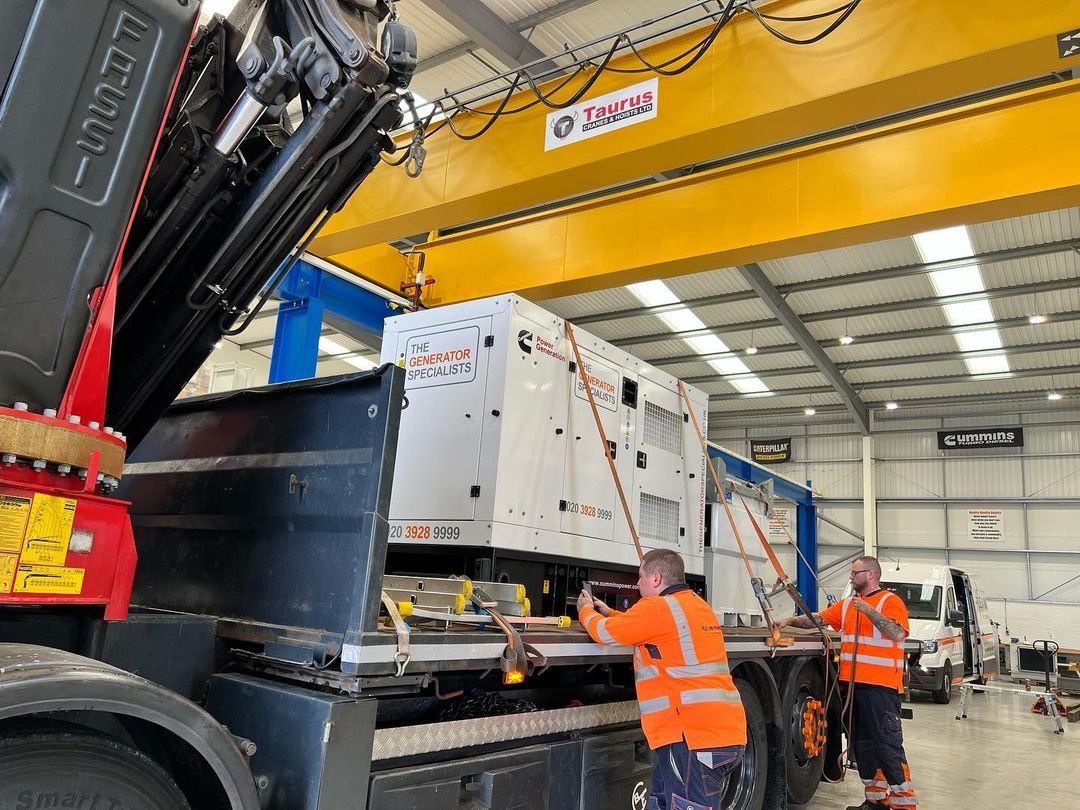Pleavin Power Limited | 24/7 Nationwide Generator Specialists
Customer Enquiry 0151 832 5007
service@pleavinpower.co.uk
Emergency Helpline (0)800 689 4803
24 hr / 7 days per week
Read all about what we do here at Pleavin Power. See our latest partnerships, news updates, and guides to help your business understand how we work.






















